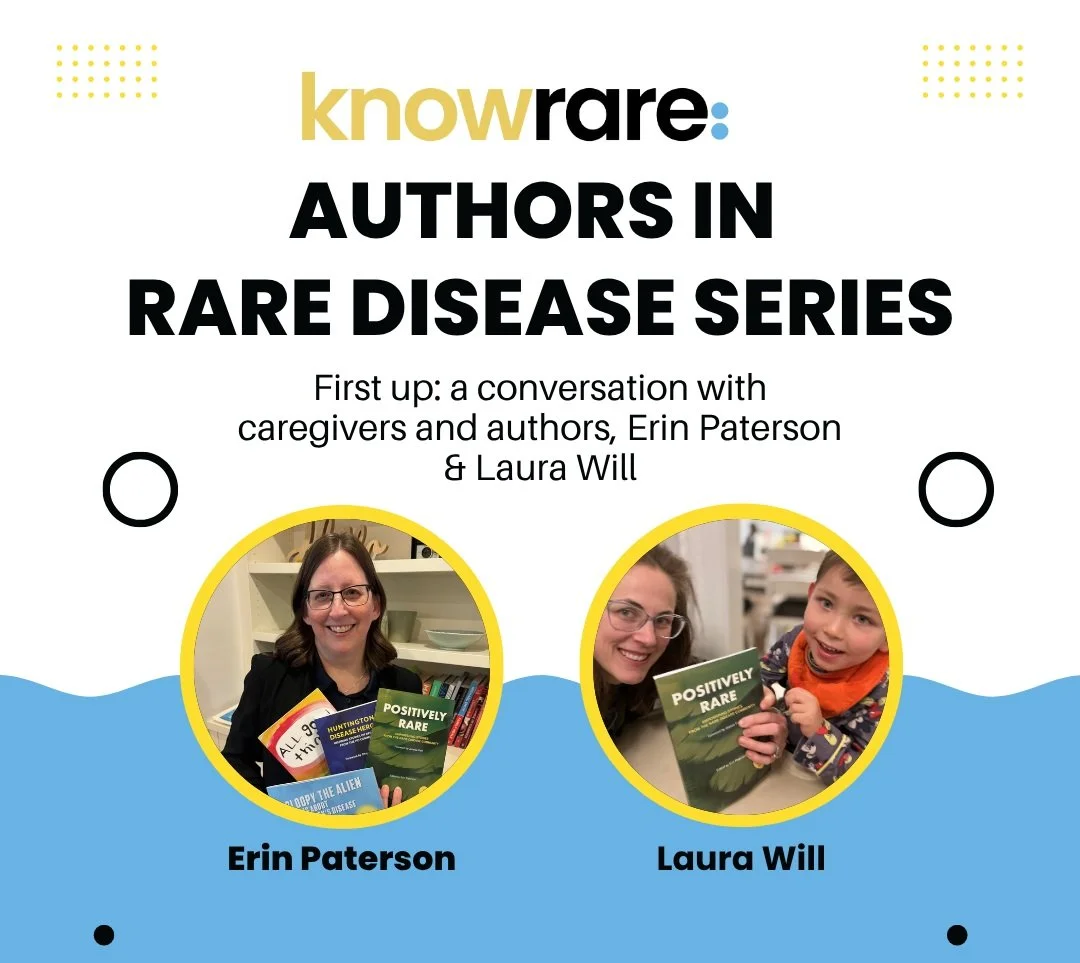Katie McCurdy: How a Woman with MG Helps Rare Patients Tell Complex Stories
Have you ever left a doctor's appointment and realized you forgot to mention an important event in your health history? Having a rare disease often means you are seeing more than one doctor, and they all need to know your medical history. That means you have to remember all the symptoms and treatments you’ve had, including when they started and stopped, and how much they have affected your life. These are all important things to communicate with each doctor, but it is difficult to do. Katie McCurdy, founder of Pictal Health and a designer who has myasthenia gravis, came up with a unique solution.
Recognizing that she needed a better way to help doctors understand her own complex story, McCurdy called on her design skills to create a way to organize, visualize, and communicate about her health history and symptoms using colorful visual aids.
McCurdy was living in New York City when puzzling symptoms arose in 2011. “I started having a bunch of new symptoms that didn’t seem to belong to myasthenia gravis—neuropathy, burning and tingling in my hands and feet, heart palpitations. It didn’t make sense.” She soon found herself traveling all over the city to meet with different doctors at different hospitals, explaining her health history over and over again. For each appointment, she had to repeat the entire story, hoping she wouldn’t leave out crucial details.
McCurdy was preparing for another appointment with a new doctor when inspiration struck. “For a few years prior, I’d had an interest in the field of data visualization,” she recalls. “Suddenly it all came together.” She decided to create a visual representation of her illness, using a timeline format that allowed her to highlight various aspects of her history with different colors. Right away, she saw the benefits. “It helped me tell my story in a more coherent way, chronologically,” she said. “I was able to point out key moments in my history and remember everything I wanted to tell my doctor.”
The first visual timeline McCurdy created was quite basic, she explains. She refined the process as she started helping others record their own stories, and she has now worked with more than 50 other patients through her company, Pictal Health. The system she ultimately devised includes a timeline of all major events in the health history, a body map that can be marked up to show areas of trouble, and a written, scannable report. Doctors can make a copy or scan the documents into a patient’s health record.
An example of a patient health timeline
Using the timeline, a person can pinpoint key events in their history and start to see patterns that allow them to connect the dots between circumstances and symptoms. “You get these slices in time where you can see how different events might relate to one another,” McCurdy pointed out. “You begin to pick up clues about cause and effect. For example, you might notice that a certain symptom began right after you moved into a new house. Was the trigger stress? Was there an environmental factor in your new space? You start to understand your own story better.”
She said people have used the visual aids not just to communicate with health professionals, but also in applying for social security disability and to establish the need for a service dog.
McCurdy is now in the process of creating Pictal App, a web-based application that she hopes will make health timeline creation accessible to even more people. In the meantime, she is offering free worksheets and templates that can help you organize and communicate visually about your health.
One result McCurdy wasn’t expecting was how much physicians appreciated the visual aids. “I was expecting a lot of pushback from doctors. But instead, the most common reaction by far has been, ‘This is great—I wish I had this for all of my patients,’” she said. “The timeline takes all the info doctors need and puts it in one place. It really does them a favor.”
Resources:
































